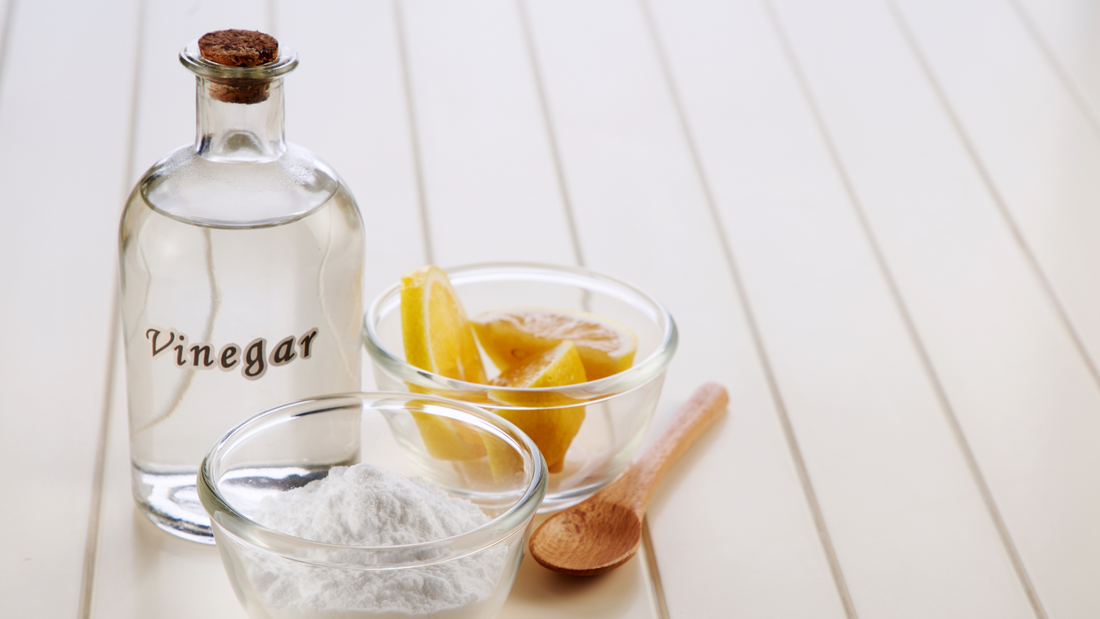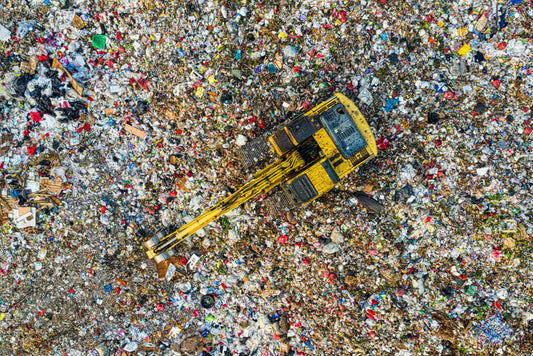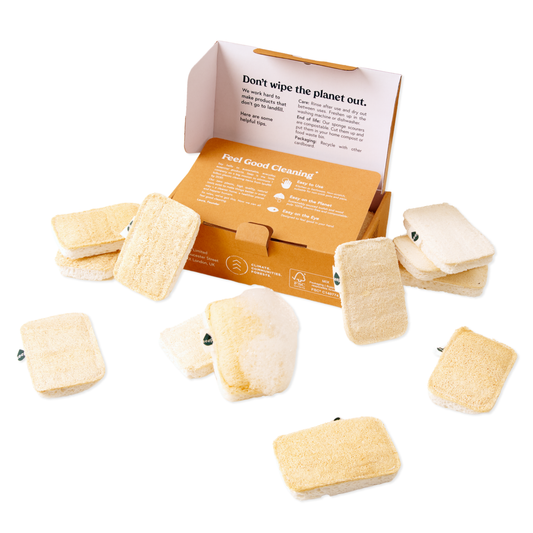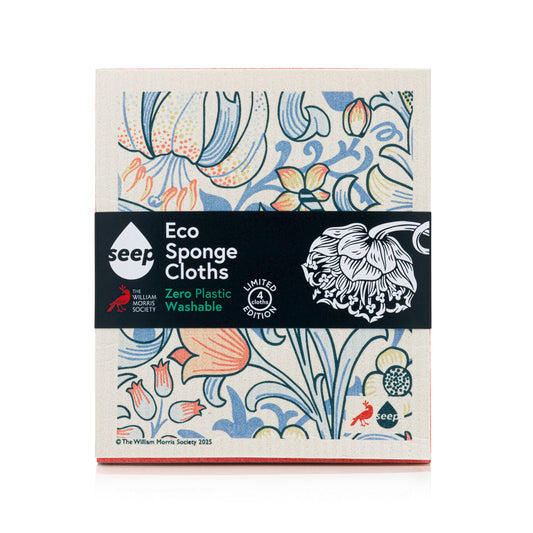
Vinegar is often the hero ingredient of natural cleaning methods. It cuts through grease, tackles limescale and even neutralises bad smells. But when you’re standing in the cupboard looking at your options, you might wonder: Can you use distilled malt vinegar for cleaning?
The short answer is yes, but with a few caveats. Not all vinegars are created equal when it comes to household cleaning. In this guide, we’ll walk you through what distilled malt vinegar is, when it works, when to avoid it and some simple ways to use it around the home.
What Is Distilled Malt Vinegar?
Distilled malt vinegar is a clear, slightly acidic liquid made by fermenting barley-based alcohol. It’s different from regular brown malt vinegar (the kind you splash on your chips) because it’s filtered to remove the colour and has a milder smell.
It still has that sharp vinegar scent, but it’s not as overpowering as the darker version. And most importantly, it still contains the acetic acid that gives vinegar its cleaning power.
When Can You Use Distilled Malt Vinegar For Cleaning
Distilled malt vinegar can be used in many of the same ways as white vinegar. It’s particularly handy when you need a natural solution and don’t want to buy a separate bottle of white cleaning vinegar.
Here’s where it works well:
-
Descaling kettles and coffee makers: Add a mix of half water and half distilled malt vinegar and run it through once. Rinse well afterwards
-
Cleaning windows and mirrors: Mix with water in a spray bottle for a streak-free shine
-
Disinfecting surfaces: Use it on kitchen counters, chopping boards and fridge shelves
-
Neutralising odours: Place a small bowl of vinegar in smelly rooms to absorb lingering smells
-
Bathroom cleaning: Great for limescale and soap scum around taps and tiles
The acetic acid helps to break down mineral deposits and cut through grime without the need for bleach or synthetic cleaners.
When Not To Use Distilled Malt Vinegar For Cleaning
Although distilled malt vinegar can be a handy cleaner, it’s not perfect for every job.
-
Porous surfaces like marble or stone: Vinegar is acidic and can etch or dull the surface
-
Unsealed grout or tiles: It can wear down the finish over time
-
Electronics or screens: Never use vinegar directly on these as it can damage coatings
-
Laundry: It’s not ideal for fabric softening or deodorising clothes. White vinegar is better suited for that
And while it works well for cleaning, the smell can still linger a bit longer than white vinegar. If you’re sensitive to strong scents, you might prefer using cleaning vinegar instead.
How To Use It Effectively
If you’re ready to give it a go, here’s a quick cleaning spray you can make with distilled malt vinegar:
What you’ll need:
-
1 part distilled malt vinegar
-
1 part water
-
A few drops of essential oil (optional, for scent)
-
Spray bottle
Shake it up and use it to clean windows, wipe down kitchen counters or freshen up the fridge shelves. For descaling kettles or showerheads, fill with equal parts vinegar and water, leave to soak for an hour, then rinse thoroughly.
If you’re looking for a natural way to clean your home and hate wasting what you already have, distilled malt vinegar is a great place to start. Just maybe skip using it on your granite worktops.







